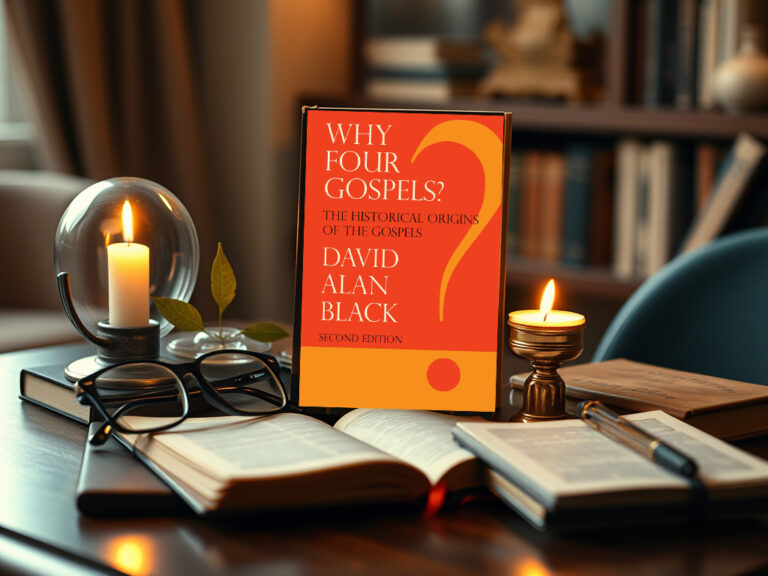Ronald Higdon: Surviving a Son's Suicide – Three Years Later
by Dr. Ronald Higdon, retired pastor and author of In Changing Times: A Guide for Reflection and Conversation and Surviving a Son’s Suicide.
 A favorite phrase of some who want to encourage you to move on from a jarring life experience is: “Get over it.” As the years increase, most of us learn there are some things you never “get over” – if by that you mean shifting gears, zooming ahead, and forgetting that it ever happened. “Get over it” at first seems to be sound advice for something that slams you to the floor and puts a hold on everything in life. But it’s not.
A favorite phrase of some who want to encourage you to move on from a jarring life experience is: “Get over it.” As the years increase, most of us learn there are some things you never “get over” – if by that you mean shifting gears, zooming ahead, and forgetting that it ever happened. “Get over it” at first seems to be sound advice for something that slams you to the floor and puts a hold on everything in life. But it’s not.
Grief is a very individual experience and there is simply no right or scheduled way to deal with it. So much depends on family rituals, the culture in which we have lived, our faith community (or lack thereof), what we have learned in dealing with former losses, our relationship with the deceased person, other things going on in our lives at the time, our emotional state of health, and all of the other factors that make up our world experience.
This is why “one size doesn’t fit all” when it comes to what we need to do in order not to get mired down in grief that permanently sidelines us from living. What is helpful for one person may not be helpful for another. There is usually no end to the number of well-meaning people who are eager to provide a recipe for recovery that is the intended resolution of your grief.
Cindy Lightner’s 13 year old daughter was killed by a drunk driver. (Cindy is the founder of MADD.) In her book Giving Sorrow Words she describes what occurred when a minister came to comfort her:
I asked him over and over again, “Why her?” He simply sat on the couch and said, “This is God’s will.” I was already angry and perhaps he noticed. He repeated, “You should remember when things like this happen, it’s God’s will.” “What do you mean by God’s will?” I said. “God’s will isn’t to run down children in the street and leave them there to die.” And I got him up from the couch and physically shoved him out the door.”
We soon realize that some people cannot handle our grief at all so they offer for themselves what they need in order not to be overcome by fear of the loss you are experiencing. It is unfair to expect everyone to be able to stand with you in a loss that is frightening the wits out of them. The best they can do – and the best they ought to do – is simply to show up in silence with whatever they feel comfortable in offering in the way of a hug or a shared tear – or simply to stand with you a few moments. The worst thoughtless statement I have ever read is one Lightner cites in her book that she assures us she is not making up: “I know just how you feel,” one woman said. “My dog died two weeks ago.”
Pat (my wife) and I were spared any such “comfort” but were instead blessed with friends who not only stood with us but who provided the many needed “services” that are a part of visitation and funeral arrangements. There was an abundance of food both for our family at home and for those who visited the funeral home. Errands were run, phone calls were made, lists were kept of those who cared for us in so many ways. In short, comfort was put into action at a time when our energy for the basics was almost non-existent.
During those days that still seem a blur, presence was everything. Notes and cards were treasured reminders that we were not alone. Whenever I talk about that time I emphasize one of the things that provided so much support: we could actually feel the care and love around us. In those early days it was literally our lifeline.
Pat has always kept a personal journal and she wrote a lot in those early days. She talked with close friends. She read for comfort and strength and found one of the most helpful books for her was Lament for a Son by Nicholas Wolterstorff. I also read and wrote. After about six weeks I returned to an interim position at the First Baptist Church in Morehead, Kentucky. Fortunately, I had already spent several months with them and knew they would receive me back where I was. My sermon that first Sunday was “A Personal Journey into Grief.” Putting my grief into words before an affirming and loving congregation I count as a major step in beginning to move forward.
Over the course of several months I wrote what later became the book Surviving a Son’s Suicide. Subsequently, I began to offer free workshops where the discussions were honest and, sometimes, emotional. I always confessed at the beginning of the workshop (even now after three years) that I never know when grief may suddenly emerge from the wings and momentarily once again take center stage. I let the attendees know that this is okay with me in my grief journey and I trust it will be okay with them.
My study is on the lower level of our home and at the bottom of the stairs is a large portrait of our two sons that was given to us on our fiftieth wedding anniversary. This means that several times a day I am reminded of a son who led such an accomplished life. His bi-polar condition and suicide do not define his identity. Pat and I know there is so much more about his life than those last few tragic months. Three years after our loss we have not forgotten what a blessing he was to us and how much we continue to miss him. The best way we know to honor his memory is to be as fully alive as we are able and to be available to stand with others who need companions in their personal grief journeys.
[slideshow_deploy id=’3528′]





